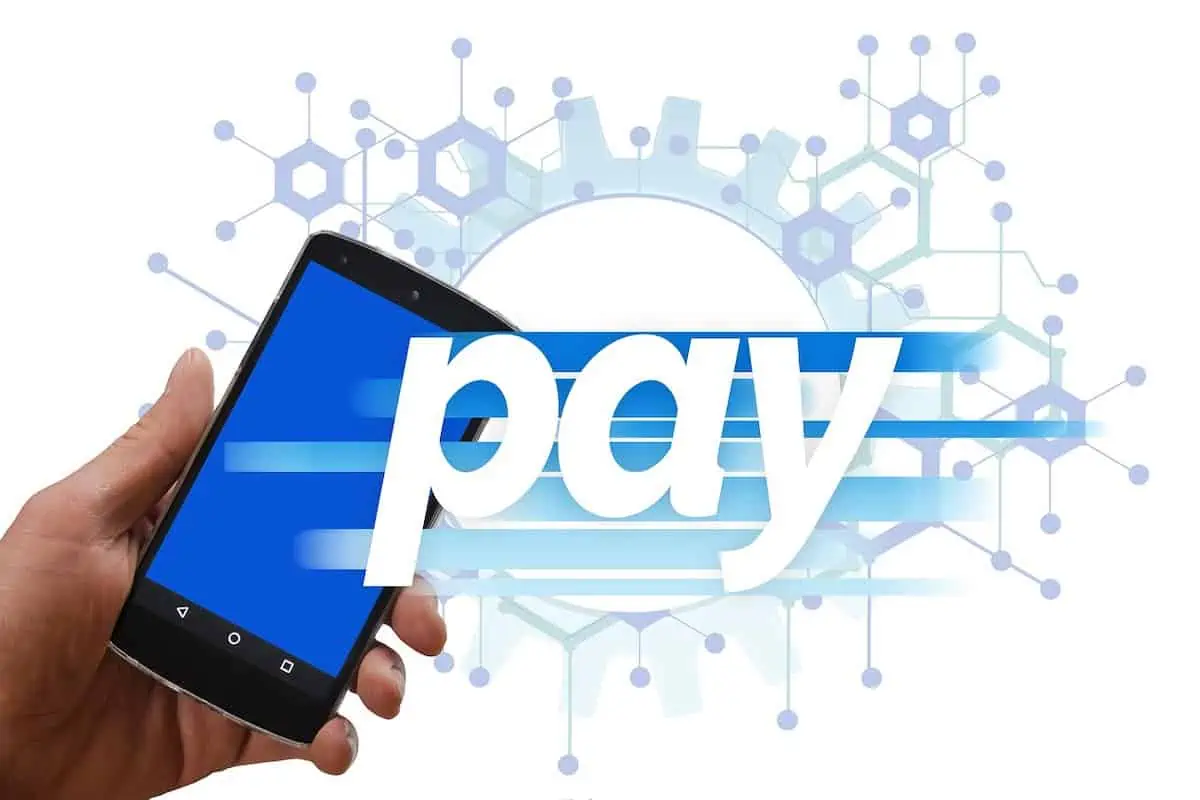Financial institutions form adaptive banking software solutions to ensure an economy in the post-world. Experts identify several promising trends which will help to find new competitive advantages for many banks.
Prospects of the banking market
The US financial market is a leader in terms of the variety of technological convenience for the client. Specialists have reached a high level in customer service. So the United States pays special attention to infrastructure and system issues. It is needed to ensure the efficiency of the cost of ownership of the technological landscape of financial services.
The main areas to strengthen the position in the financial sphere of American banking will be the use of cloud technologies. There are BaaS (Banking as a service), NFT and biometrics.
Growth of non-banks
Neobanks are building digital-first and mobile-first services. It focuses on a well-developed UX, new models of attraction and monetization. Digital banking innovations are an indicator of global Fintech trends. And an important source of new product ideas for global companies that strive to offer the best customer experience.
Neobanks lower the entry threshold, positioning, increases the average revenue from the client.
Neobanks rely on a high-quality service that sells itself. So, they try to give customers a chance to try the functions first in order to understand their benefits. This makes it possible to onboarding into products and shows all the advantages of a digital service. It helps to transfer the user to a paid tariff plan or earn money from cross-sales.
For example, if there is a free basic tariff, the Bunq application offers new users 30 days to use the functions of a paid subscription. The service informs that this does not impose obligations. And when the trial period expires, the application will offer to pay for a subscription or switch to a free tariff.
Another distinctive feature of neobanks is the lack of full-fledged customer support. Users themselves automate or solve most of its tasks. A big bet is placed on support through a community of users who answer customer questions on the forum, replacing the first support line.
The development of the knowledge base also contributes to the independent solution of questions. It is combined with forums, served in the format of cards or video instructions.
Mobile banking experience
In the USA, they are already talking about the second generation of mobile banking.
The increased popularity of mobile payments is eloquently shown by the statistics of the online store eBay. It received payments via phones in 2010 for $2 billion, which is three times more than a year earlier.
In the USA, the experience of using mobile banking is more extensive — some banks offered it to customers back in 2007. The Bank Systems & Technology published an article with prominent representatives of SunTrust. It highlights 10 keys to the success of banking.
While it concentrated the main noise around smartphones and applications for them, not all bank customers use them. And analysts advise banks to use three types of solutions for mobile payments. Downloadable applications, applications for mobile browsers and SMS payments. Now SunTrust has twice as many web clients as application users.
IBC Bank, in Texas, released its iPhone app back in 2008. Since then, according to the bank’s representatives, the use of mobile banking by customers has accumulated. But when the bank released an application for a browser, the number of transactions performed using a phone went up sharply.
Contactless payments
Statistics of the Cloud Payments service show contactless payments are gaining in business. The share of Apple Pay and Google Play in turnover has reached 10%: 8% of them are accounted for by Apple Pay. The experience of a payment service have examples of indicators from an online flower market to a pizzeria.
Contactless payments are a payment method. Today almost every consumer keeps in his pocket a smartphone, mobile platforms or smart watches. These are Google Pay (formerly Android Pay), Apple Pay and Samsung Pay.
Initially, these payments were used in POS terminals. You lean your smartphone, tablet or smartwatch against the payment terminal — the payment has passed. Then the contactless payment method was used by online businesses. In most cases it is enough for the user to attach a fingerprint or scan a face using Face ID.
Online payment by bank card and payment, for example, via Apple Pay are not the same thing. Payment by bank card is not considered contactless, as it requires the introduction of card data. Contactless payment is a one-click payment that does not require additional data entry. It is convenient and practical.
Artificial Intelligence (AI)
According to analysts’ forecasts, in 2022, AI will be used in the work of almost every department of the bank. The convergence of AI, the Internet of Things (IoT) and 5G networks will expand the capabilities of a financial institution.
It not only considers the basic risk parameters but also forms predictive models. For example, the use of AI in building customer experience within ecosystems can bring an effect by bundling credit products.
Final Thoughts
According to Business Insider, by 2024, 71% of customers will switch to mobile banking. And fintech applications will become more popular than real banks. But entering a promising market does not guarantee profit.

